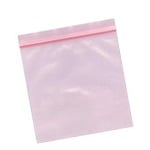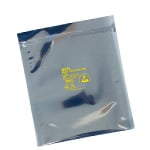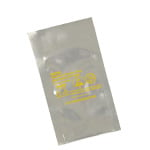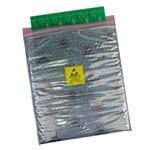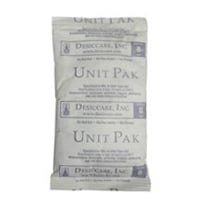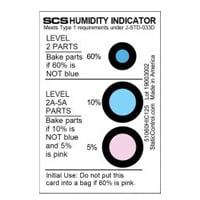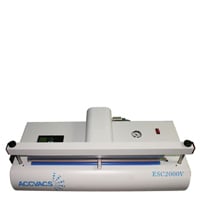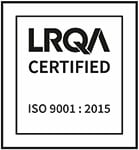ESD Packaging
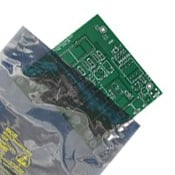 Frequently Asked Questions about Static Control Bags
Frequently Asked Questions about Static Control Bags
Manufacturing, transportation, and delivery of electronic circuit boards, flat-panels, motherboards, hard drives, microchips, and more requires use of ESD-safe, static controlled bags. Problematically, the confusion of terminology between anti-static, static shielding, and static dissipative bags risks errant voltage, improper handling, and compromised electronic devices.
We've compiled the answers to your top questions related to static shielding bags.

